? Which exchange will let you buy crypto the fastest and with the least friction from your local bank or card?
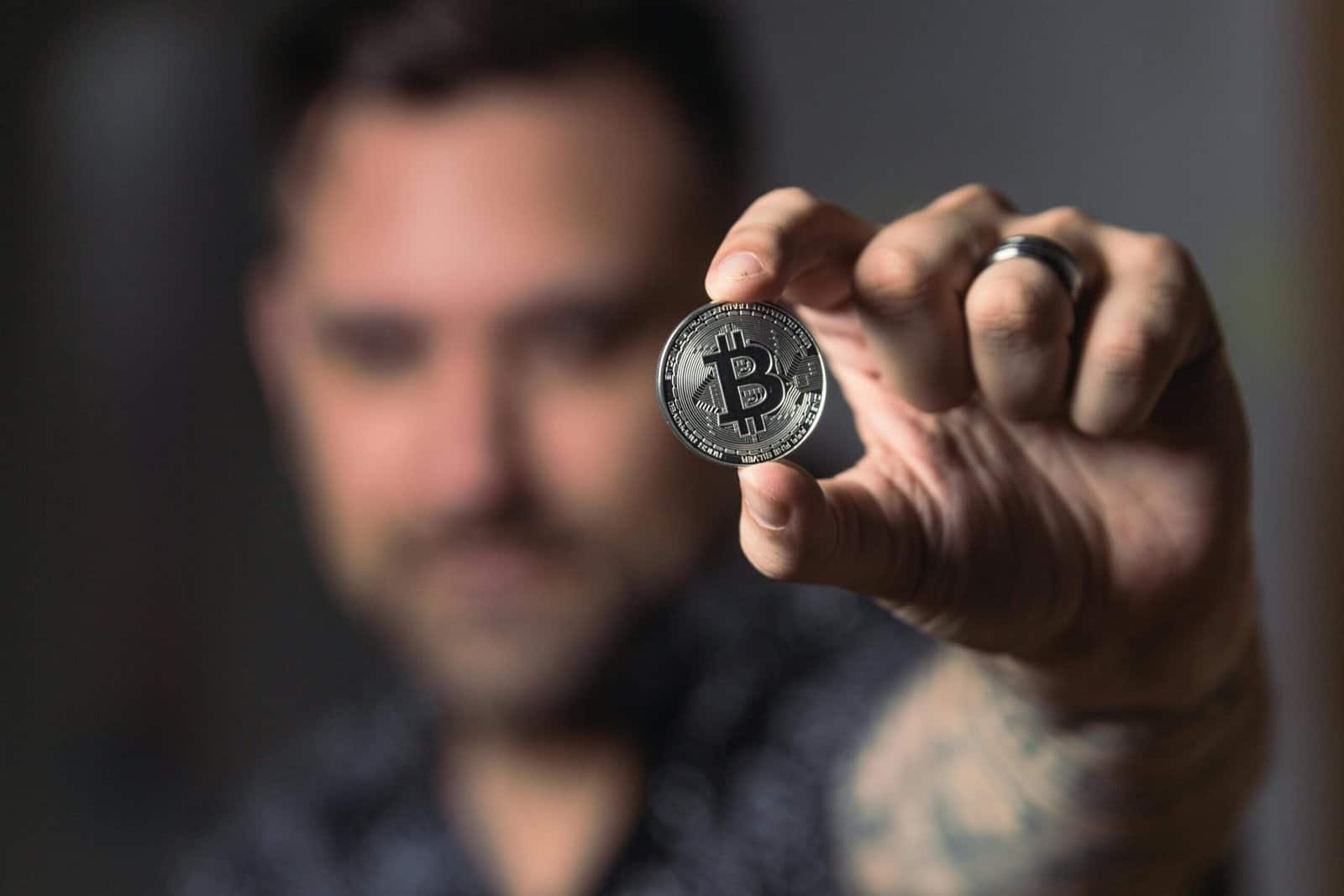
Which Exchanges Allow The Easiest Fiat-to-crypto Deposits?
If you want to convert your local currency to crypto with minimal hassle, you need to know which exchanges support the payment methods you already use, plus which ones keep fees low and verification simple. This guide breaks down how major exchanges handle fiat deposits, which payment rails they support in different regions, and how to pick the right platform for your needs.
What “easy” really means for fiat deposits
“Easy” can mean different things depending on what matters most to you. For most people, the following factors determine ease:
- Speed: How quickly the deposit clears (instant, same day, 1–5 business days).
- Fees: What you pay to deposit (flat fees, percentage, markup on card transactions).
- Payment methods: Support for cards, bank transfers, instant rails (ACH, SEPA, Faster Payments), local systems (Interac, UPI, PIX).
- Verification: How much identity verification (KYC) and how long it takes.
- Availability: Whether the service works in your country and in your currency.
- Limits and liquidity: Minimums, maximums, and whether the exchange has enough liquidity for your trades.
- User experience: Mobile app, recurring buys, P2P chat, and ease of linking accounts.
You should weigh all of these when you decide which exchange is “easiest” for you personally.
Quick summary — which exchanges are easiest overall
Below is a short overview before deeper dives. This summary helps you choose based on common priorities.
- Best for beginners and simple mobile experience: Coinbase, Gemini.
- Best for low fees and global reach (but more complex UX): Binance (non-US).
- Best for low-fee bank transfers and professional users: Kraken, Bitstamp.
- Best for card/instant buys: Crypto.com, Coinbase, Binance.
- Best for regional/local rails and P2P: Binance P2P, LocalCryptos, Paxful (region-dependent).
- Best for recurring investments and fiat onramps: Coinbase, Crypto.com, Gemini.
Comparison table: major exchanges and what they offer
| Exchange | Common deposit methods | Fee level (typical) | Speed | Best for |
|---|---|---|---|---|
| Coinbase | ACH (US), bank transfer, debit/credit card, PayPal (withdraw/buy in some regions) | Medium–High (instant card buys expensive) | Instant (card), 1–5 days (ACH/wire) | Beginners, recurring buys |
| Binance (global) | Card, bank transfer, P2P, third-party processors, local rails | Low | Instant (card/P2P), 1–3 days (bank) | Low-fee trading, global users |
| Binance.US | Bank transfer (ACH), debit card | Medium | Instant–3 days | US users, moderate fees |
| Kraken | Bank transfer (ACH, SEPA, SWIFT), wire | Low | 1–5 days | Professional traders, low fees |
| Gemini | ACH (US), bank wire, debit card | Medium | Instant (card), 1–3 days (ACH/wire) | Beginners, regulated US option |
| Crypto.com | Card, bank transfer, wire | Medium | Instant (card), 1–3 days (bank) | App-first users, card rewards |
| Bitstamp | SEPA, bank wire, card | Low–Medium | 1–3 days | European bank transfers |
| Uphold | Card, bank transfer, ACH | Medium | Instant (card), 1–3 days | Multi-asset support |
| P2P platforms (Binance P2P, LocalCryptos) | Bank transfer, local payment apps, cash-in-person | Varies (buyer/seller fees) | Often instant (peer confirms) | Local payment rails, privacy preferences |
Note: Fees and speeds vary by country, account verification level, and deposit channel. Always check the exchange’s local pages for up-to-date info.
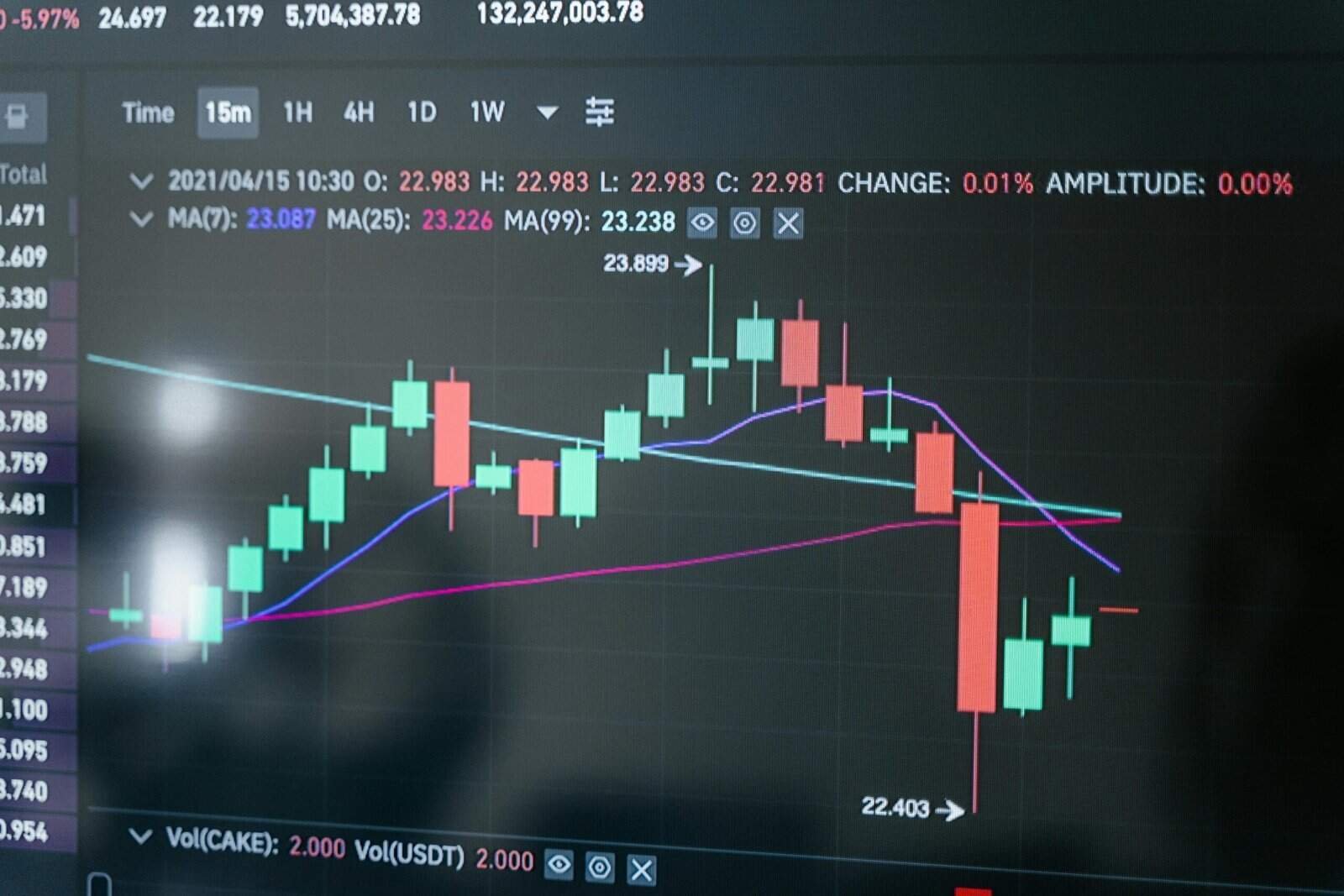
How major deposit methods compare
Here are common ways you’ll deposit fiat, and what to expect from each.
Bank transfers (ACH, SEPA, wire)
Bank transfers are usually the cheapest option. In the U.S., ACH is often free but can take 1–3 business days; wires are faster but cost more. In Europe, SEPA transfers are cheap and quick (usually 1 business day). For cross-border transfers, SWIFT can be expensive and slower.
Pros: Low fees, high limits.
Cons: Can be slower than instant card purchases; setup sometimes requires specific reference codes.
Debit and credit cards
Cards give the speediest experience — near-instant buys — but they usually incur higher fees and sometimes merchant markups. Some banks also block crypto purchases.
Pros: Fast and convenient.
Cons: Higher fees, cash advance treatment risk, potential bank blocks.
Instant payment rails (Faster Payments, Interac e-Transfer, UPI, PIX, M-Pesa)
Local instant rails vary by region and can be extremely convenient. For example, UK Faster Payments often clears the same day, Interac e-Transfer is common in Canada, UPI is dominant in India for quick transfers, and PIX in Brazil is widely used.
Pros: Fast, low-cost, localized.
Cons: Availability depends on exchange support and country.
PayPal/Apple Pay/Google Pay
Some exchanges accept PayPal (for instance, in certain markets on Coinbase or via PayPal directly), or Apple/Google Pay as card token payment. These are convenient but often carry high fees and may have withdrawal limitations.
P2P (peer-to-peer) marketplaces
P2P lets you buy directly from other users using local payment methods. Binance P2P, LocalCryptos, and Paxful (region-specific) let you find sellers who accept bank transfers, mobile wallets, or even cash.
Pros: Flexible payment types and often very fast when seller confirms.
Cons: Requires caution (reputation systems help), possible higher price spread.
OTC (over-the-counter) desks
For large deposits, OTC desks at exchanges or independent brokers provide customized pricing and settlement through bank wires. These are best if you’re moving significant sums and want privacy and minimal slippage.
Deep dive: Exchange-by-exchange guide
Below are detailed profiles for top exchanges, focusing on fiat deposit ease.
Coinbase (global, strong US presence)
Coinbase is designed for first-time buyers. It supports ACH bank transfers, debit/credit cards, and in some regions PayPal or instant bank pay options. Verification is usually straightforward but required.
- Supported rails: ACH (US), SEPA (Europe through Coinbase Pro formerly), debit/credit cards, PayPal (region-dependent).
- Speed: Instant for cards and PayPal; 1–5 days for ACH/wires.
- Fees: Card purchases carry high fees (2.49%–4% or higher), ACH generally low or free. Coinbase also has spread/markup on trades.
- Pros: Intuitive UI, mobile app, recurring buys, strong regulatory compliance.
- Cons: Higher fees on instant purchases; not always the cheapest.
Why choose Coinbase: If you value a simple, mobile-first experience and want recurring purchases or an easy fiat onramp, Coinbase is a strong choice.
Binance (global, large liquidity, complex UX)
Binance is known for low fees and broad payment options, including native P2P marketplaces that support many local payment methods. In many regions Binance partners with third-party fiat gateways for card purchases and bank transfers.
- Supported rails: Debit/credit card, bank transfer (SEPA, Faster Payments where supported), P2P (local bank transfers, UPI, etc.), third-party processors.
- Speed: Instant for many card and P2P buys; bank transfers vary.
- Fees: Lower trading fees; card fees and gateway fees apply.
- Pros: Low fees, many crypto pairs, great liquidity, P2P options for localized payment.
- Cons: More complex interface; regulatory restrictions in some countries (e.g., Binance.US).
Why choose Binance: If you want low trading fees and regional flexibility, especially through P2P, Binance is attractive — but check local regulations first.
Kraken (trusted, low-fee bank transfers)
Kraken supports ACH (US), SEPA (Europe), and wire transfers, and focuses on secure, regulated service. It’s well-regarded among traders who prefer bank transfers and lower costs.
- Supported rails: ACH, SEPA, SWIFT/wire.
- Speed: 1–5 business days depending on method.
- Fees: Low for bank transfers; wire fees may apply.
- Pros: Strong security, low fees for bank deposits, advanced order types.
- Cons: Not as many instant card options; UI less consumer-focused.
Why choose Kraken: If you prefer low-cost bank transfers and plan to trade actively, Kraken is practical.
Gemini (regulated US exchange, easy ACH)
Gemini emphasizes regulation and security. It allows ACH transfers, wire deposits, and debit card purchases, and offers recurring buys.
- Supported rails: ACH, wire, debit card.
- Speed: Instant for some cards, ACH takes a few days.
- Fees: Moderate; card purchases expensive.
- Pros: Regulated in the US, simple interface, strong compliance.
- Cons: Trading fees can be higher than discount exchanges.
Why choose Gemini: If you prioritize regulatory clarity and a straightforward process in the US, Gemini is a sensible choice.
Crypto.com (app-first, card options)
Crypto.com is app-centric, supports card purchases, bank transfers, and has a rewards model for some card usage. It offers easy fiat deposits via cards and local bank rails in many regions.
- Supported rails: Card, bank transfer, wire.
- Speed: Instant for card; 1–3 days for bank transfers.
- Fees: Card fees and exchange spreads apply; often offers promotions.
- Pros: Good mobile app, card-linked benefits, recurring buys.
- Cons: Fees and spreads can be higher for instant purchases.
Why choose Crypto.com: If you want app-centric features, a prepaid card, or easy card buys, Crypto.com is convenient.
Bitstamp (European bank-friendly)
Bitstamp is established and supports SEPA for low-cost euro transfers, as well as cards.
- Supported rails: SEPA, bank wire, card.
- Speed: SEPA typically 1 business day; wire depends on bank.
- Fees: Low for SEPA; card fees higher.
- Pros: Solid for European users using SEPA.
- Cons: Limited instant rails outside of Europe.
Why choose Bitstamp: If you’re in Europe and want low-cost SEPA deposits, Bitstamp is practical.
P2P platforms (Binance P2P, LocalCryptos, Paxful)
P2P markets let you match with local sellers. Payment methods vary widely by seller — bank transfer, mobile wallets, cash, vouchers.
- Supported rails: Local bank transfers, mobile money (e.g., M-Pesa), UPI, cash.
- Speed: Can be instant after seller confirmation.
- Fees: Platform fees vary; price spread might be higher.
- Pros: Very flexible payment options, sometimes lower overall cost for local currencices.
- Cons: Requires attention to counterparty risk and seller ratings.
Why choose P2P: If you need a local payment method that mainstream exchanges don’t support, or you want faster clearing in some regions, P2P may be easiest.
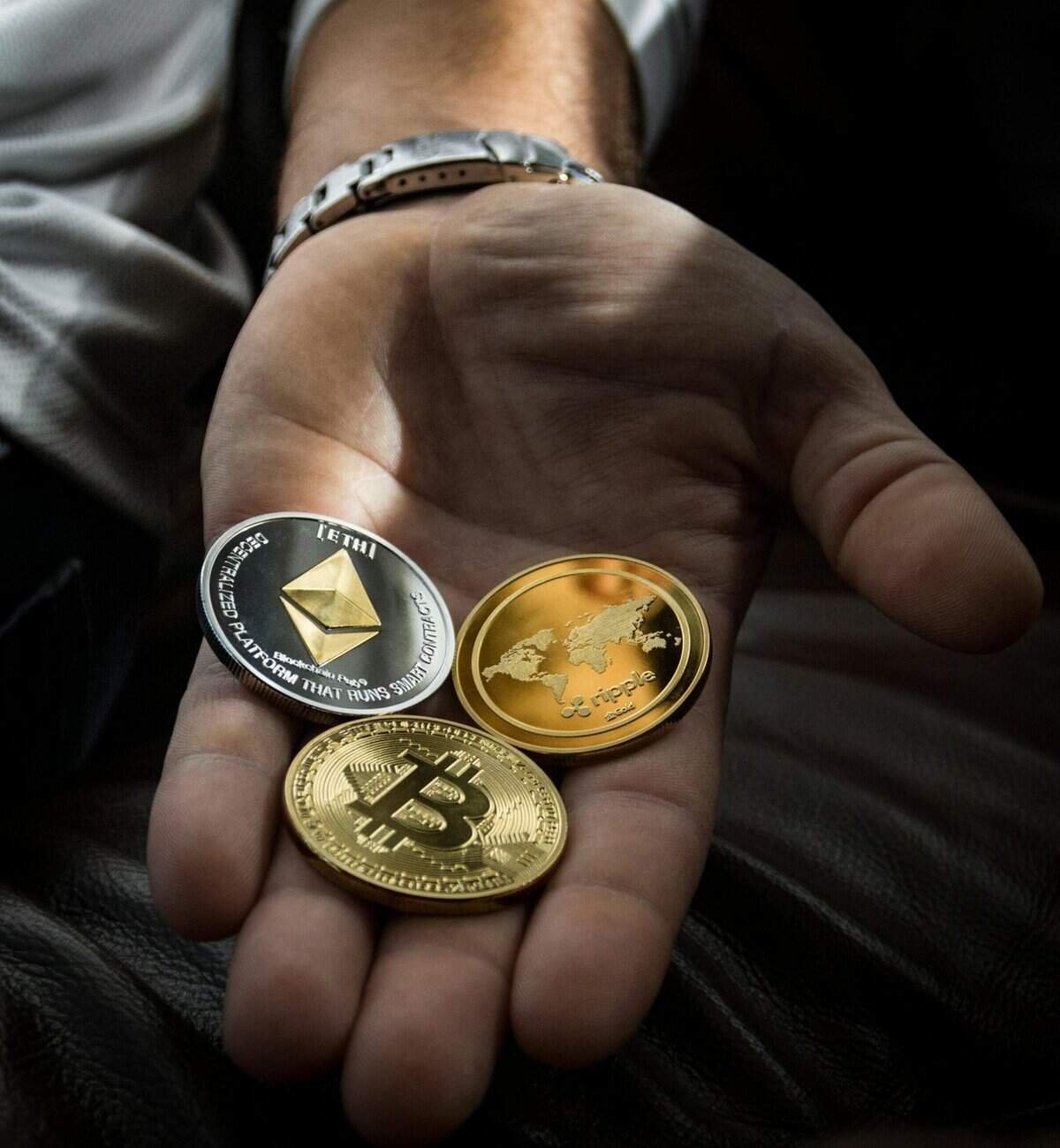
Regional considerations — what works best where
Your country often dictates which rails are simplest.
United States
- Common rails: ACH, wire, debit/credit cards.
- Best exchanges: Coinbase, Kraken, Gemini, Binance.US.
- Notes: Some banks block card purchases. ACH is cheap but can be slower.
Europe
- Common rails: SEPA, card, Sofort (some regions).
- Best exchanges: Kraken, Bitstamp, Coinbase (EU support), Binance (in some countries).
- Notes: SEPA is cheap and quick; check currency conversion if depositing non-euro.
United Kingdom
- Common rails: Faster Payments, CHAPS, card.
- Best exchanges: Coinbase, Binance (where supported), Kraken, Bitstamp.
- Notes: Faster Payments can be very fast, but not all exchanges support it.
Canada
- Common rails: Interac e-Transfer, bank wires, cards.
- Best exchanges: Kraken, Coinbase, Binance P2P, NDAX (local), Shakepay (local).
- Notes: Interac e-Transfer is popular for instant transfers when supported.
Australia
- Common rails: PayID, Osko, BPAY, card.
- Best exchanges: Binance P2P, CoinSpot (local), Kraken supports AUD bank transfers.
- Notes: Local exchanges often support BPAY/PayID with quick clearing.
India
- Common rails: UPI, IMPS/NEFT/RTGS, cards.
- Best exchanges: WazirX, CoinDCX, Binance P2P (UPI support), ZebPay.
- Notes: UPI is fast and cheap; regulatory environment can change quickly.
Latin America
- Common rails: PIX (Brazil), local bank transfers, cash networks.
- Best exchanges: Binance P2P, Mercado Bitcoin (Brazil), Local exchanges.
- Notes: PIX is near-instant in Brazil and widely used on P2P.
Africa
- Common rails: Mobile money (M-Pesa), bank transfers, local payment methods.
- Best exchanges: Binance P2P (M-Pesa support), LocalCryptos, Paxful.
- Notes: Mobile money integration can make fiat-to-crypto easy even without bank access.
Step-by-step: How to deposit fiat and buy crypto (generic walkthrough)
This is a typical process you’ll follow on most exchanges.
- Create an account and enable 2FA (two-factor authentication) for security.
- Complete identity verification (KYC) to increase deposit limits and enable fiat rails. Verification can take minutes to days.
- Link your bank account, card, or preferred payment method. Follow the exchange’s steps to add account details and any verification micro-deposits.
- Choose deposit type: bank transfer for lower fees or card for instant buys. Confirm fees and limits.
- Initiate the deposit from your bank or card. Save transaction references if required by the exchange.
- Wait for confirmation. Bank transfers may take 1–5 business days; cards are usually instant.
- Once funds clear, either use “Buy” or place a market/limit order to purchase crypto. Consider buying a stablecoin first (USDC/USDT) for liquidity and speed.
- Move assets off the exchange into your own wallet for long-term security if you don’t plan to trade.
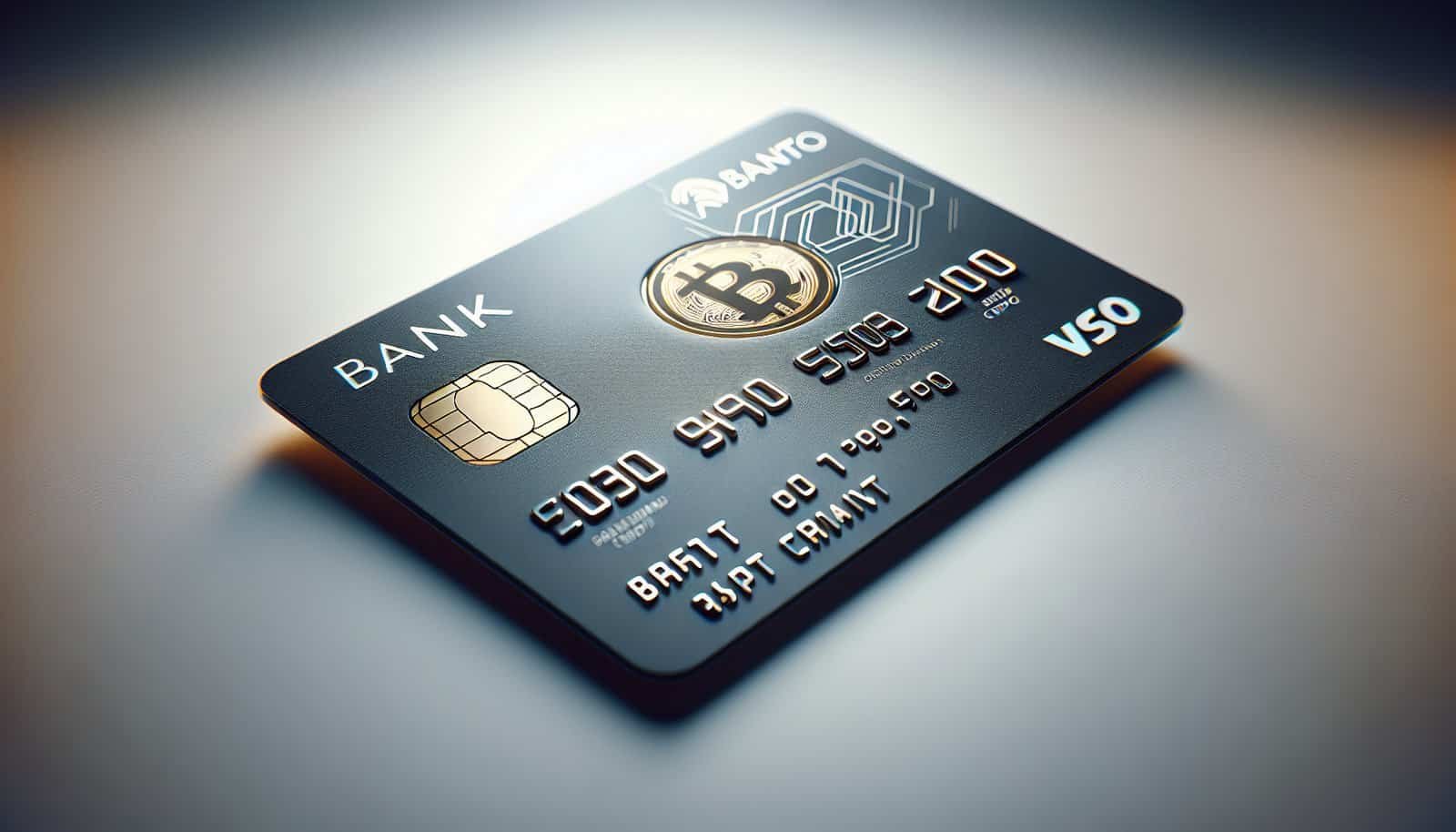
Tips to reduce fees and speed up access
- Use bank transfers (ACH, SEPA) for the lowest fees when you’re not in a rush.
- Verify your account ahead of time to unlock higher limits and faster processing.
- Use P2P if you need a local payment method the exchange doesn’t support; choose reputable sellers with high completion rates.
- For immediate needs, cards provide instant access but at a higher cost.
- Consider buying stablecoins first if you plan to trade quickly — they often have tight spreads and you can move them across exchanges faster than fiat.
- Time transfers during bank business days to avoid weekend delays for ACH/wires in some regions.
Safety and compliance considerations
- Always complete KYC and follow regulatory requirements. This reduces deposit delays and potential freezes.
- Use exchanges with strong security measures: cold storage, insurance policies, and good track records.
- Beware of scams on P2P platforms. Confirm seller reputation, use escrow services, and follow the platform’s dispute procedures.
- Keep a record of deposit receipts and the exchange’s reference codes — this helps customer service resolve issues quickly.
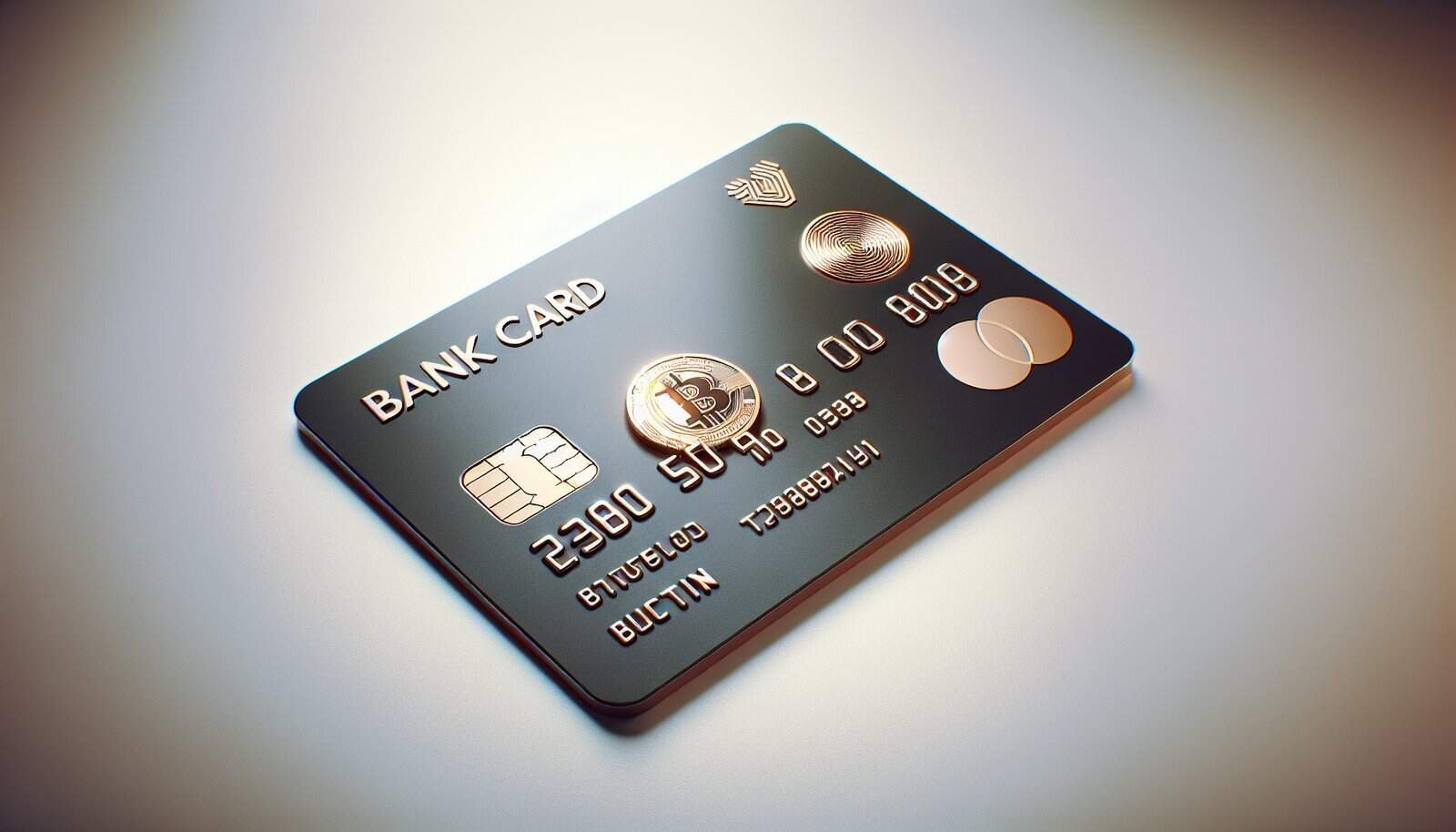
Common problems and how to solve them
- Deposit not showing: Check the exchange’s required reference code and confirm the bank used the correct details. Contact support with transaction ID.
- Card blocked by bank: Call your bank to authorize crypto purchases or switch to a bank transfer. Some banks deny crypto purchases entirely.
- High fees on instant buys: Consider waiting for a cheaper bank transfer or use a lower-fee exchange for the purchase and transfer crypto later.
- Verification delays: Submit clean, legible documents and double-check that your name and address match your documentation.
When P2P is the best option
Choose P2P when:
- Your country’s major exchanges don’t support your local currency or payment method.
- You prefer cash-in-person or mobile money that centralized gateways don’t accept.
- You need fast settlement and can find reputable counterparties.
Always use built-in escrow, confirm seller ratings, and communicate through the platform messages rather than external channels.
Best picks by priority
- Easiest for beginners: Coinbase — clean UI, clear instructions, recurring buys.
- Cheapest fiat-to-crypto by bank transfer: Kraken or Bitstamp — low deposit fees with bank rails.
- Most payment flexibility globally: Binance (global) — card, P2P, local gateways; be mindful of regional restrictions.
- Best for US-bank customers who want regulation: Gemini or Coinbase.
- Best for local rails and mobile money: P2P platforms and local exchanges (region-specific).
Frequently asked questions
Q: Which deposit method is truly cheapest?
A: Bank transfers (ACH in the US, SEPA in Europe) usually produce the lowest fees. P2P can also be cheap depending on seller pricing.
Q: Can I use PayPal to buy crypto?
A: PayPal supports crypto purchases in some regions directly through its platform. Some exchanges also let you use PayPal for deposits or withdrawals, but availability varies.
Q: Are debit/credit cards safe to use?
A: Cards are safe if used on reputable exchanges, but some banks may treat crypto purchases as cash advances, and fees tend to be higher.
Q: How do I avoid being overcharged when using instant buy options?
A: Compare the spread and fee disclosure on the exchange, consider placing a limit order instead of instant market buy, or use a lower-fee exchange for larger purchases.
Q: How much KYC verification is necessary?
A: Basic KYC (ID and selfie) is required by most exchanges to access fiat deposits. Higher deposit limits typically require address verification and sometimes proof of funds.
Recap and recommended next steps
- Check which rails your local bank supports (ACH, SEPA, Faster Payments, Interac, UPI, PIX, mobile money).
- Choose an exchange that supports those rails and has a reputation for security.
- Complete KYC early so deposits and withdrawals aren’t delayed.
- Use bank transfers for low fees, cards for speed, and P2P when local methods are needed.
- Move sizable holdings to your own wallet for long-term security.
If you tell me your country and the payment methods you prefer (bank transfer, card, mobile money, UPI, etc.), I can recommend 2–3 exchanges and provide step-by-step guidance tailored to your situation.
